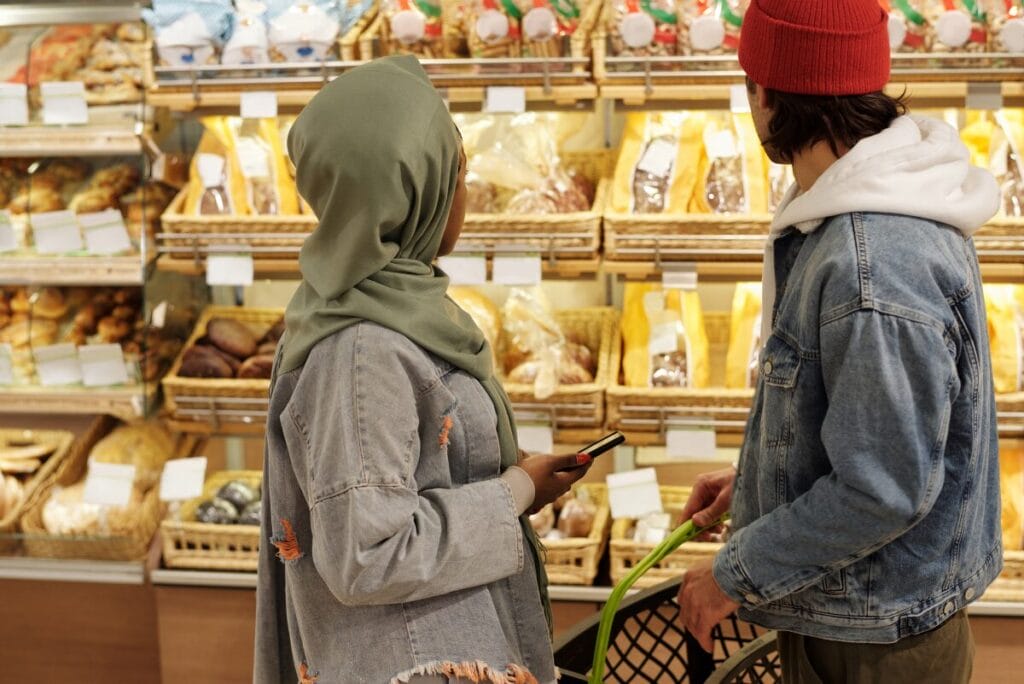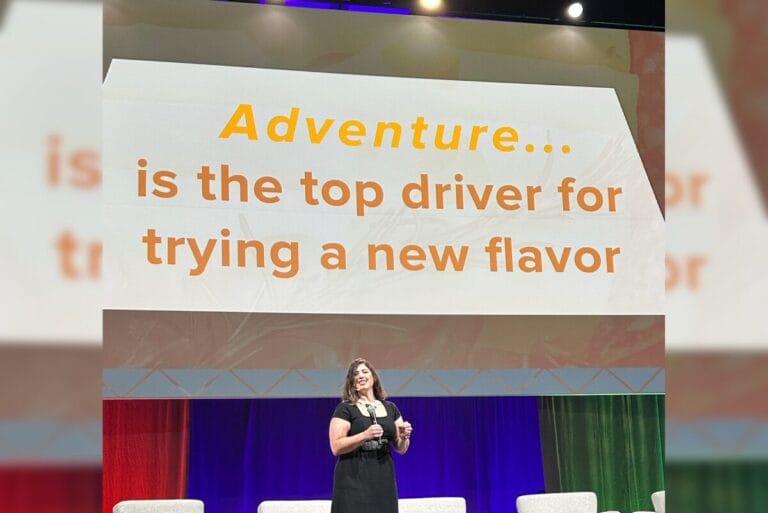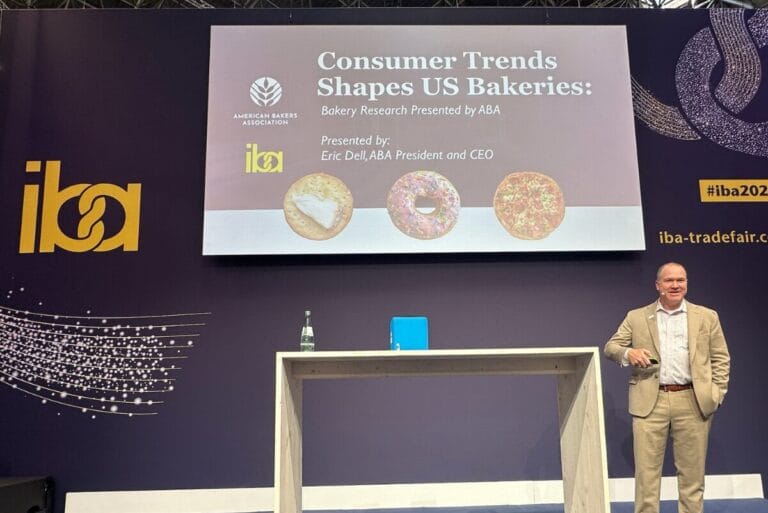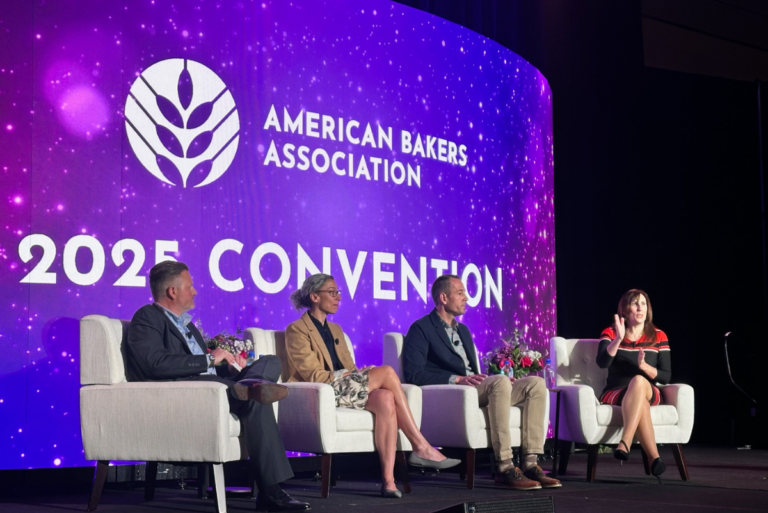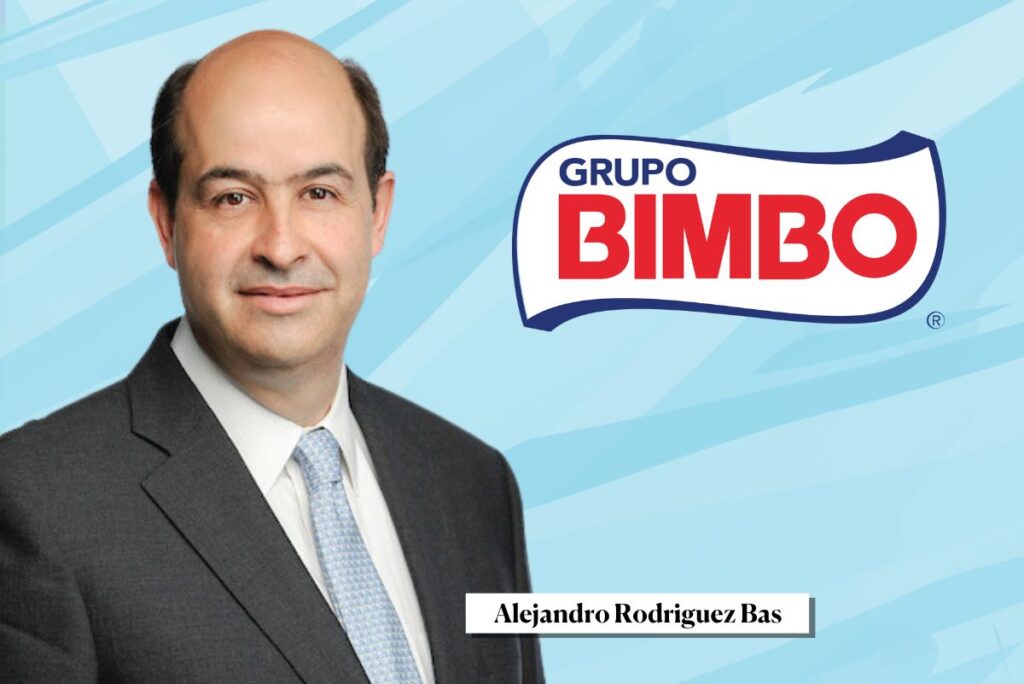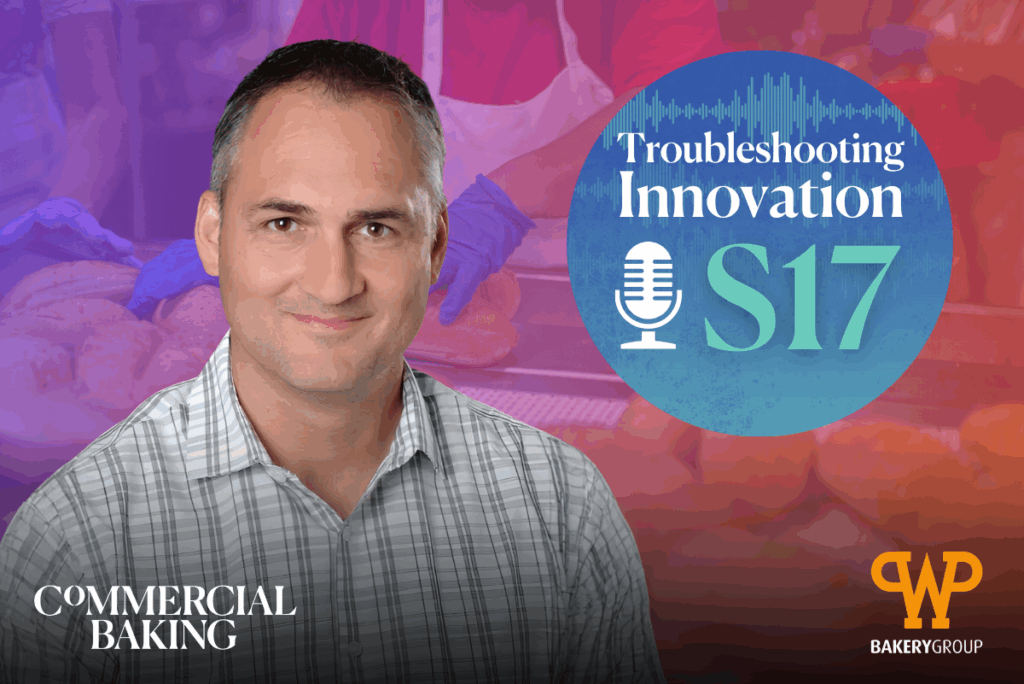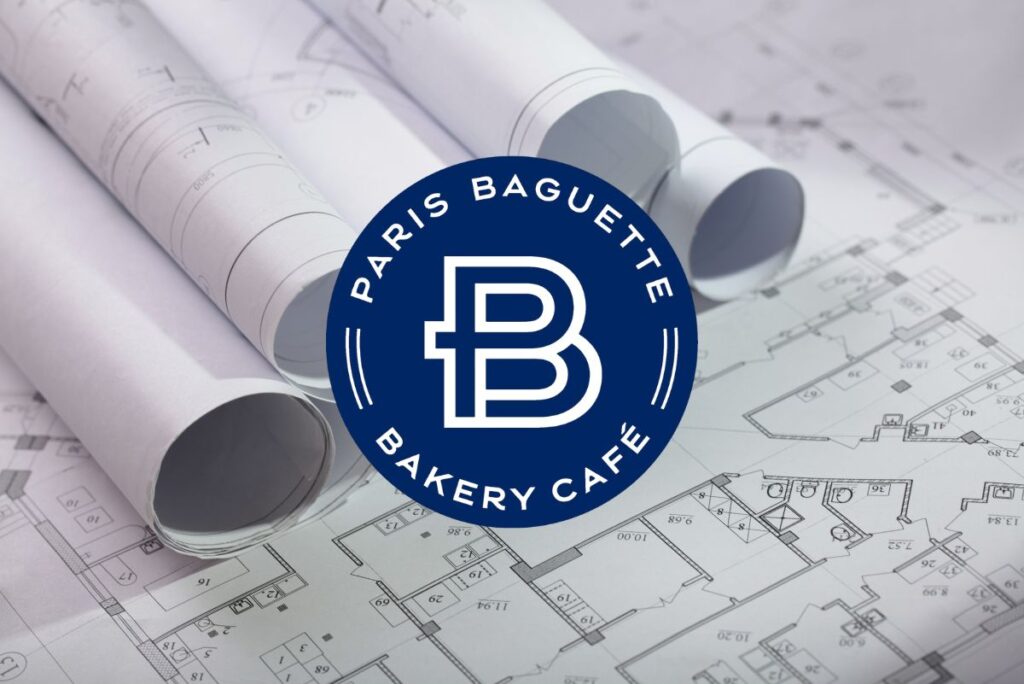KANSAS CITY, MO — If there’s one thing that’s certain right now in the bakery industry — or in any industry for that matter — it’s that nothing is certain.
Inflation remains high, tariff policies seem to shift by the hour and the possibility of a recession looms large. Amidst this backdrop of economic volatility and instability, it could be assumed that consumers are focusing on one thing and one thing only: spending less or, when they do, choosing the least expensive options. But that’s not the whole story.
“Just because there is financial pressure doesn’t mean the current environment is a constant race to the bottom,” said Anne-Marie Roerink, principal and founder of 210 Analytics. “Far from it.”
In times of uncertainty, consumers feel they lack control about the big things, but what they can control is their own behaviors and how their household buys and consumes. And what they choose to buy and how they choose to spend comes down to value.
The idea that value simply means cost vs. benefit is no longer the case. According to Hartman Group, the new value paradigm takes a subjective, consumer-driven approach to assessing the benefits of experience, quality, relevance, price and convenience. For example, 62% of consumers are willing to pay more for a food/beverage that saves time, effort or mess, an appeal as they seek more convenience in their products. For 31% of consumers, a pleasant store environment will entice them to spend more money, proof that some shoppers value experience over price.
When assessing worth, consumers turn to their personal priorities, making the emotional dimensions of value the real game changer when it comes to choosing one product over another, especially in an environment of economic uncertainty.
“We do see consumers seeking value, but value is more complex than just the price of things,” Roerink said. “How much time do I have? What am I in the mood for? What else have I been spending my money on? How about nutrition?”
Sally Lyons Wyatt, global EVP and chief advisor, CPG and foodservice for Circana, said this bifurcation is happening across grocery store categories.

